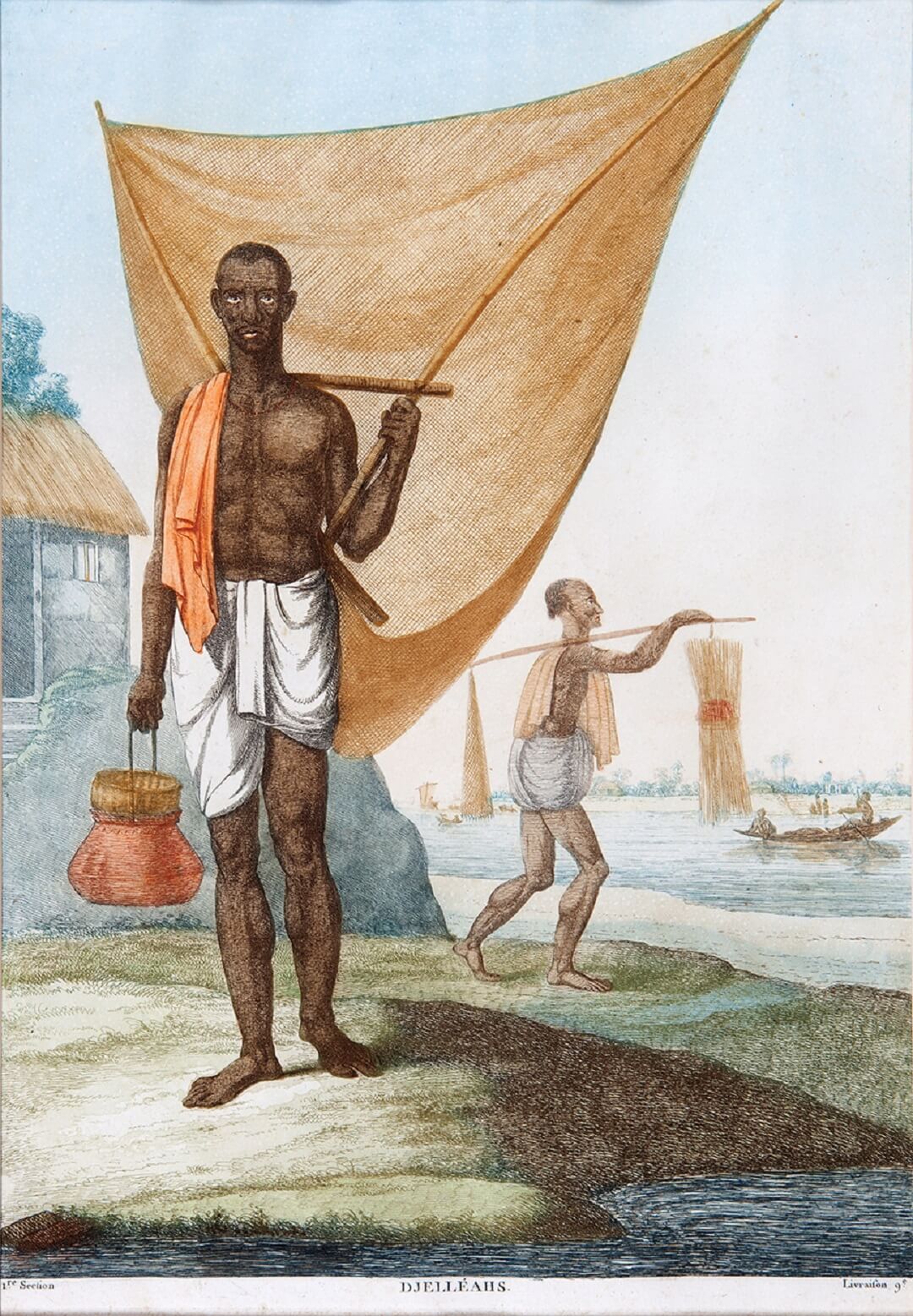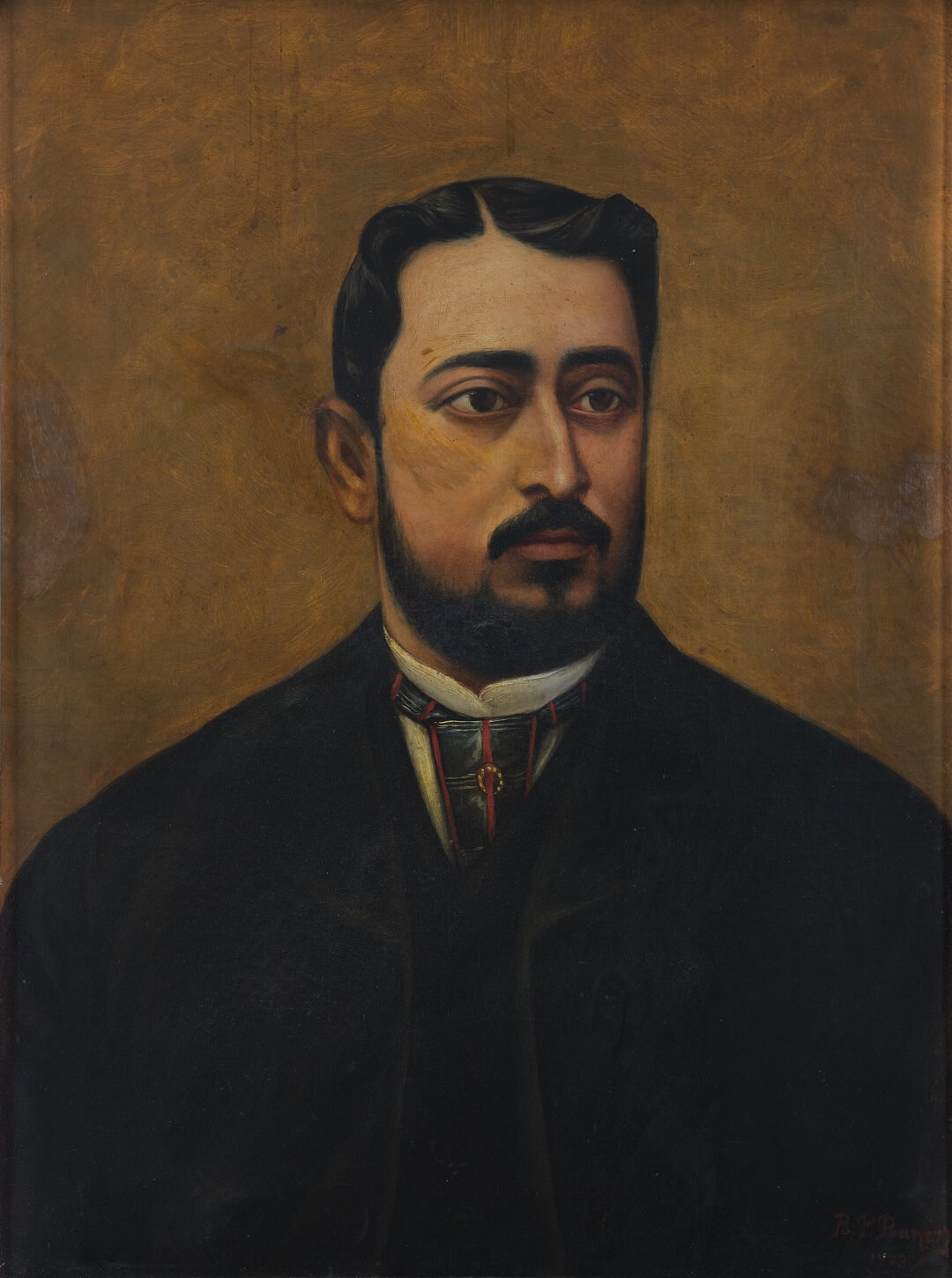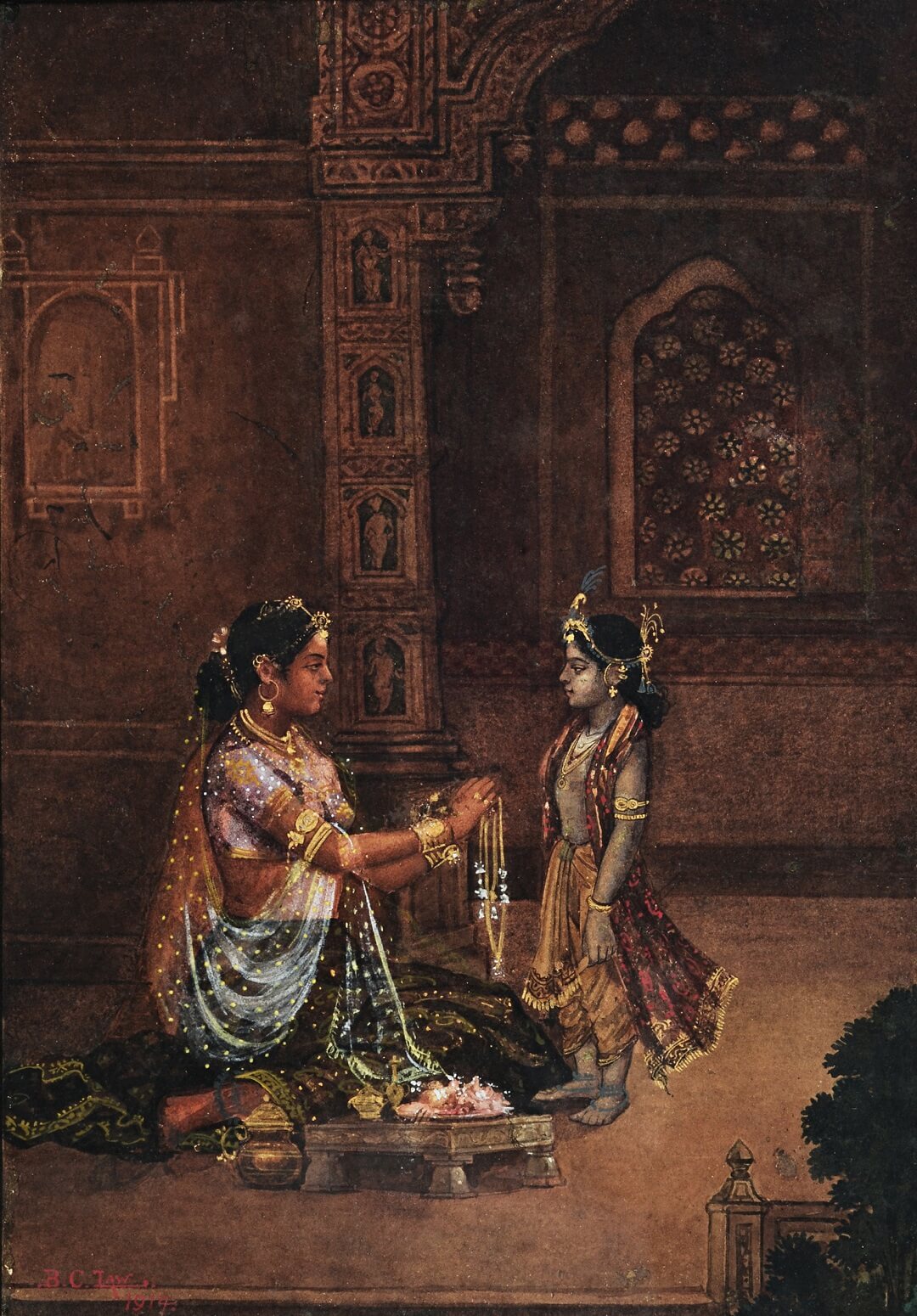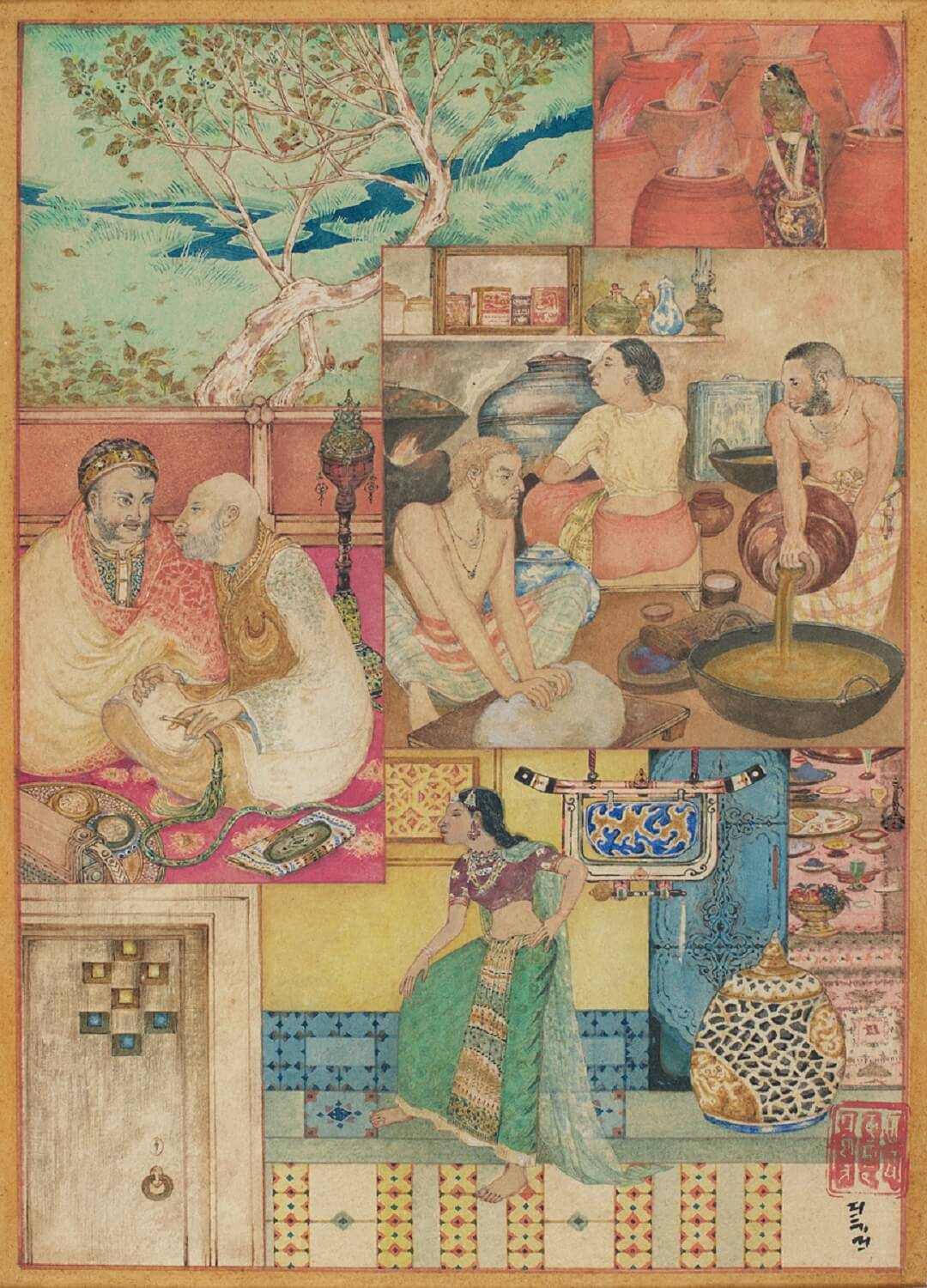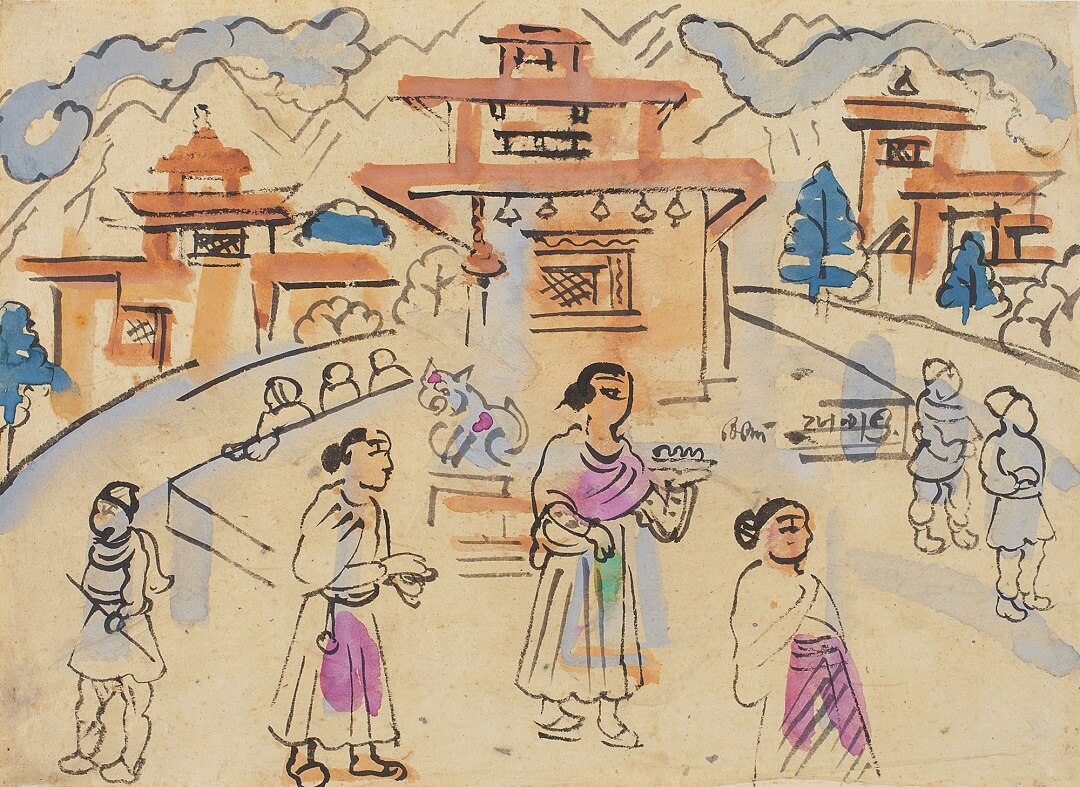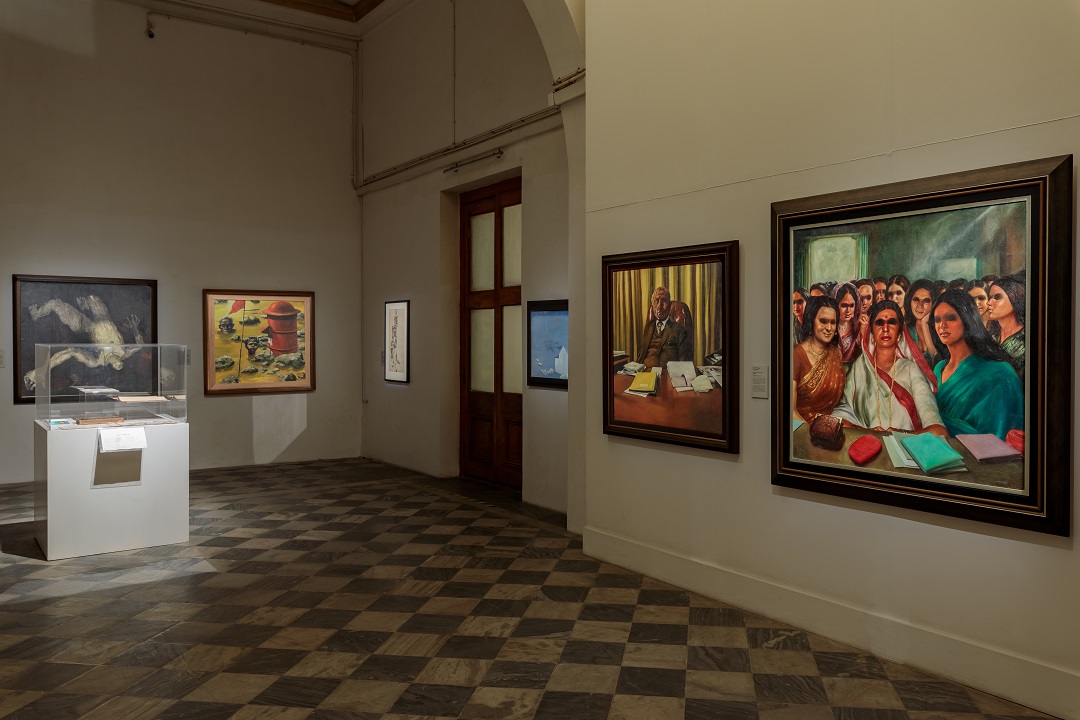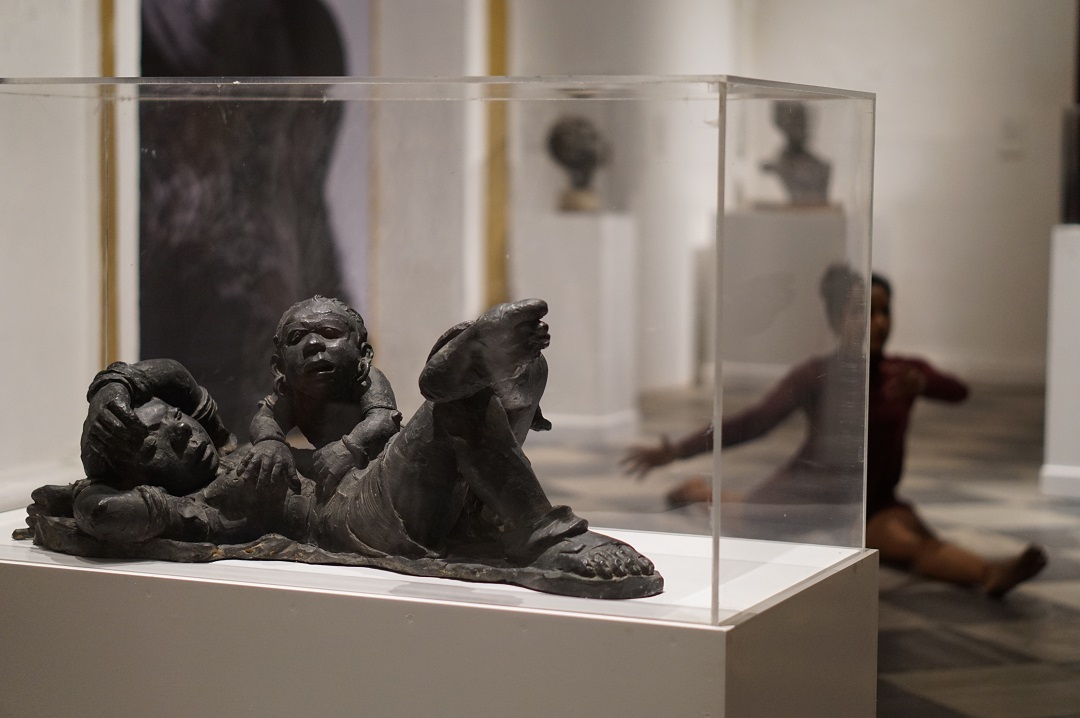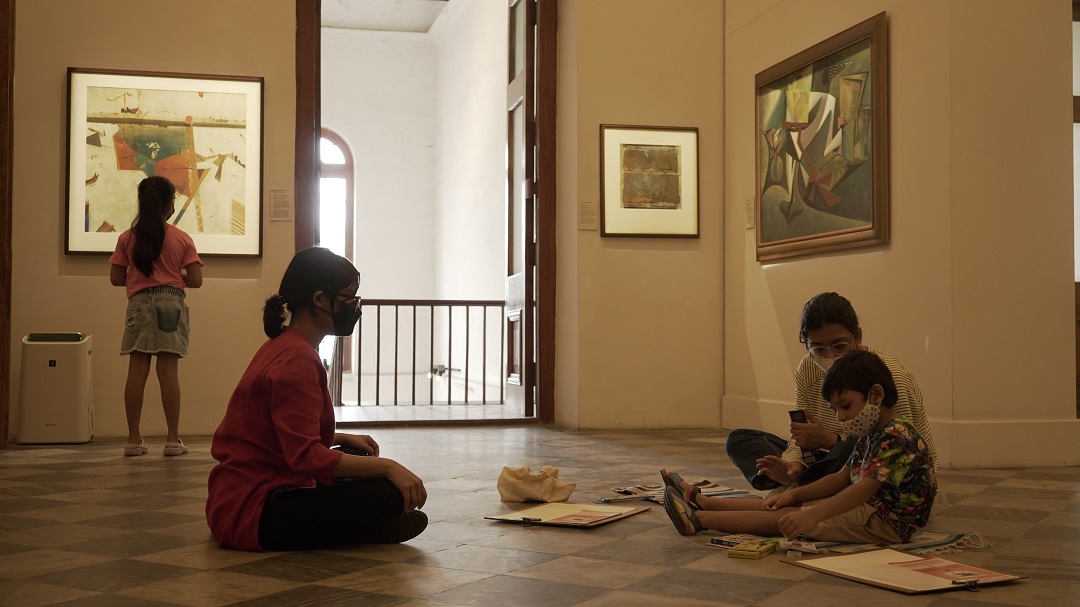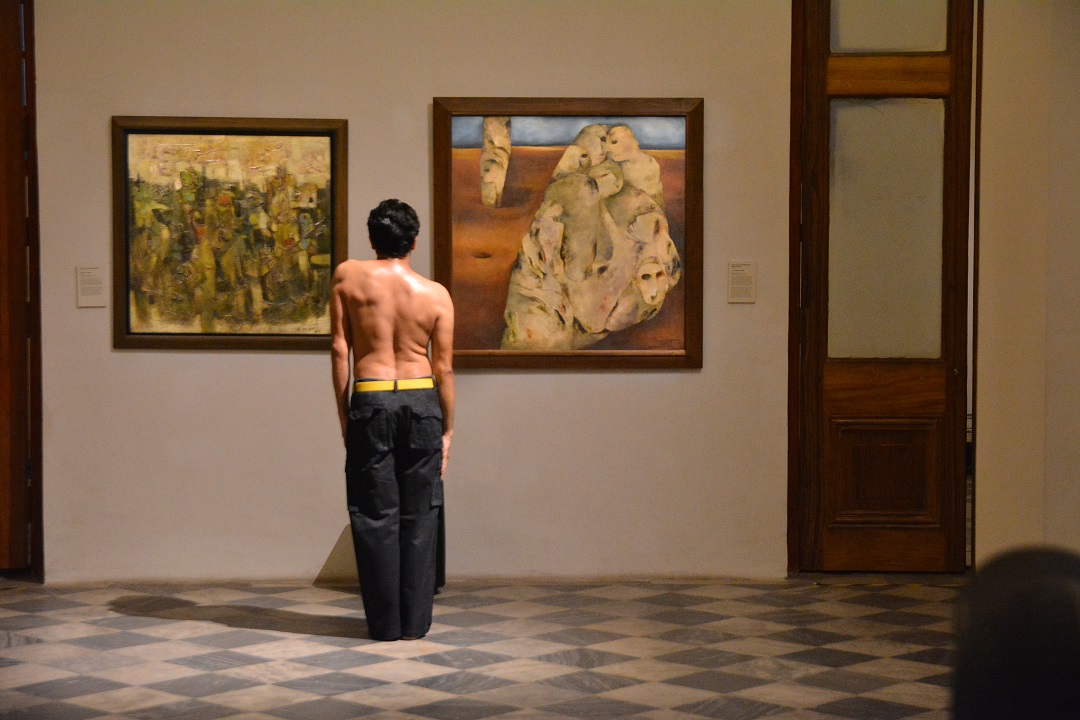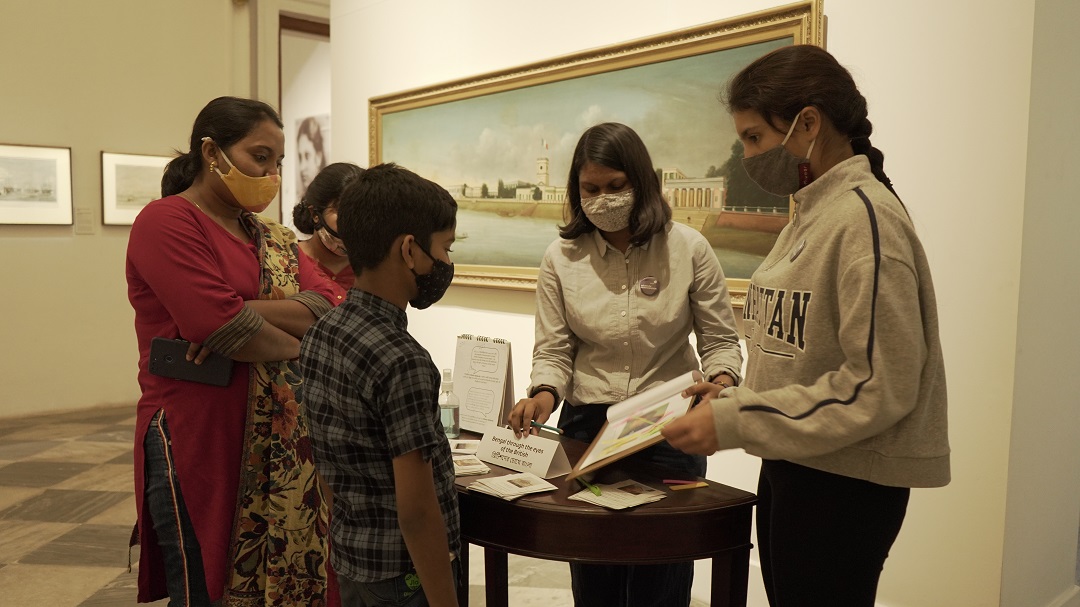Ghare Baire: The World, the Home and Beyond 18th – 20th Century Art in Bengal
Ghare Baire: The World, the Home and Beyond 18th – 20th Century Art in Bengal
Ghare Baire: The World, the Home and Beyond 18th – 20th Century Art in Bengal
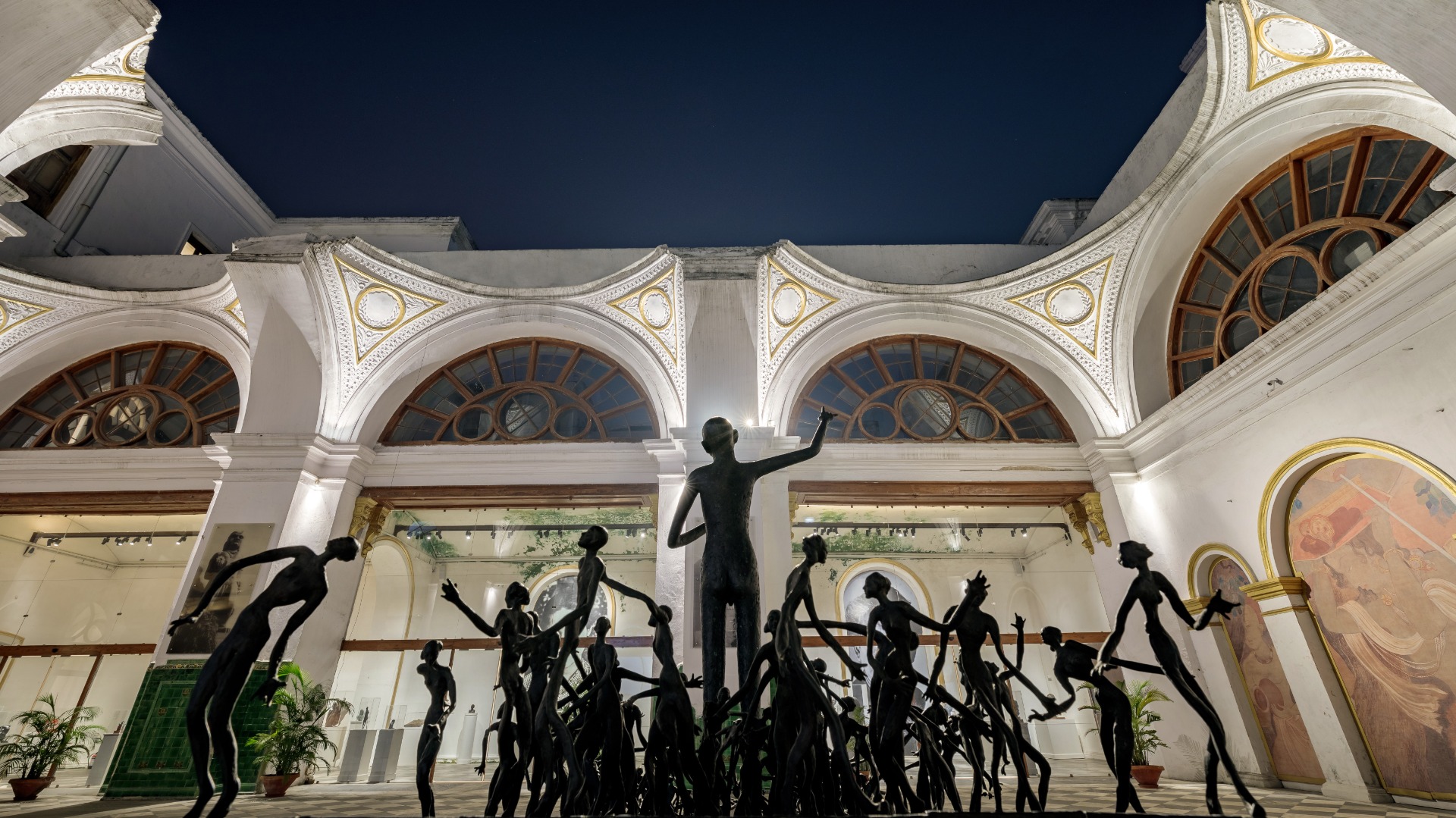
|
Ghare Baire: The World, the Home and Beyond 18th – 20th Century Art in Bengal Currency Building Kolkata, 11 Jan 2019 – 28 Nov 2021 An exhibition by DAG |
|
Ghare Baire was a museum-exhibition showcasing over 200 years of art in Bengal. Presented by DAG in collaboration with the National Gallery of Modern Art and the Archaeological Survey of India, the exhibition was housed at the historic Currency Building, across twelve galleries featuring over 700 artworks. The exhibition was the largest showcase of Bengal Art, presenting a panoramic view of the evolution of art in a region that has been critical to the development of Indian modern art. The exhibition starts with the arrival of the travelling European artists at a time of exchange between Bengal and the world. This confluence of cultures stimulated new visual languages as we see in the Kalighat pat, the Bengal School, and the subsequent emergence of artists who fearlessly and freely experimented with form and subject, reshaping the trajectory of art in India. |
|
|
|
|
|
18TH AND 19TH CENTURY As a capital of the British Raj, Calcutta in the Bengal Presidency was a destination for travelling European artists who wished to capture and export scenes of this new colony. Artists like Thomas and William Daniell, James Baillie Fraser and William Hodges brought with them a picturesque aesthetic that glorified India’s vast terrains and highlighted the ruins of the ancient civilisation they encountered, while inadvertently side-lining its living traditions. Local artists working in close conjunction with their European counterparts developed their own hybrid traditions, leaving behind a repository of what is now known as Company Paintings or Early Bengal Paintings. The bazaars flourished with the works of these now forgotten artists. Painters from rural Bengal migrated to the city in response to the growing demands, creating Kalighat pat images that aminated the gods and the urban elite with equal vitality. In the nineteenth century, as schools of industrial art evolved into art academies that followed European models, a new professional class of Indian artists claimed their space within the establishment. |
|
|
EUROPEAN ARTISTS IN BENGAL
F. B. Solvyns
Djelleahs
Thomas Daniell and William Daniell
Part of Cheringhee, Calcutta
Lieutenant Colonel James George
Chittagong
‘The people, culture, fauna and flora of the Indian subcontinent presented the possibility of a great wealth of images to feed the burgeoning European interest in the East. It was this that provided these artist-travellers a lucrative livelihood, and later generations an accurate pictorial documentation of the colonial era.’
Paula Sengupta
|
Naturalistic idioms flourished both |
|
|
REALISM AND ACADEMIC ART IN BENGAL
Bamapada Banerjee
Untitled
Jogesh Chander Seal
Untitled
B. C. Law
Untitled
‘In the late nineteenth century, the ground for the reception of naturalism had been prepared by, among others, Ramananda Chatterjee, who furnished the intellectual justification for admiring Victorian naturalism. This encouraged academic artists to serve the motherland through the ‘universal’ language of art.’
Partha Mitter

Early Bengal (Anonymous)
Untitled (Draupadi Vastraharan)
Oil on canvas
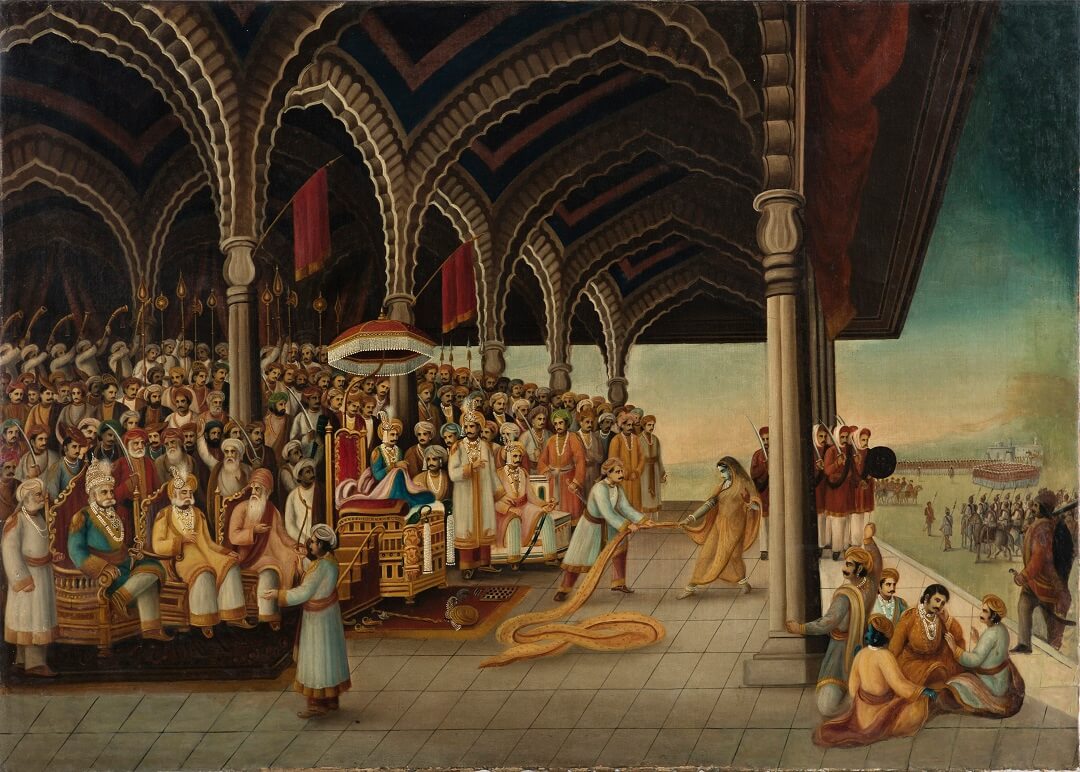
Early Bengal (Anonymous)
Untitled (Mahabharata)
Oil on canvas
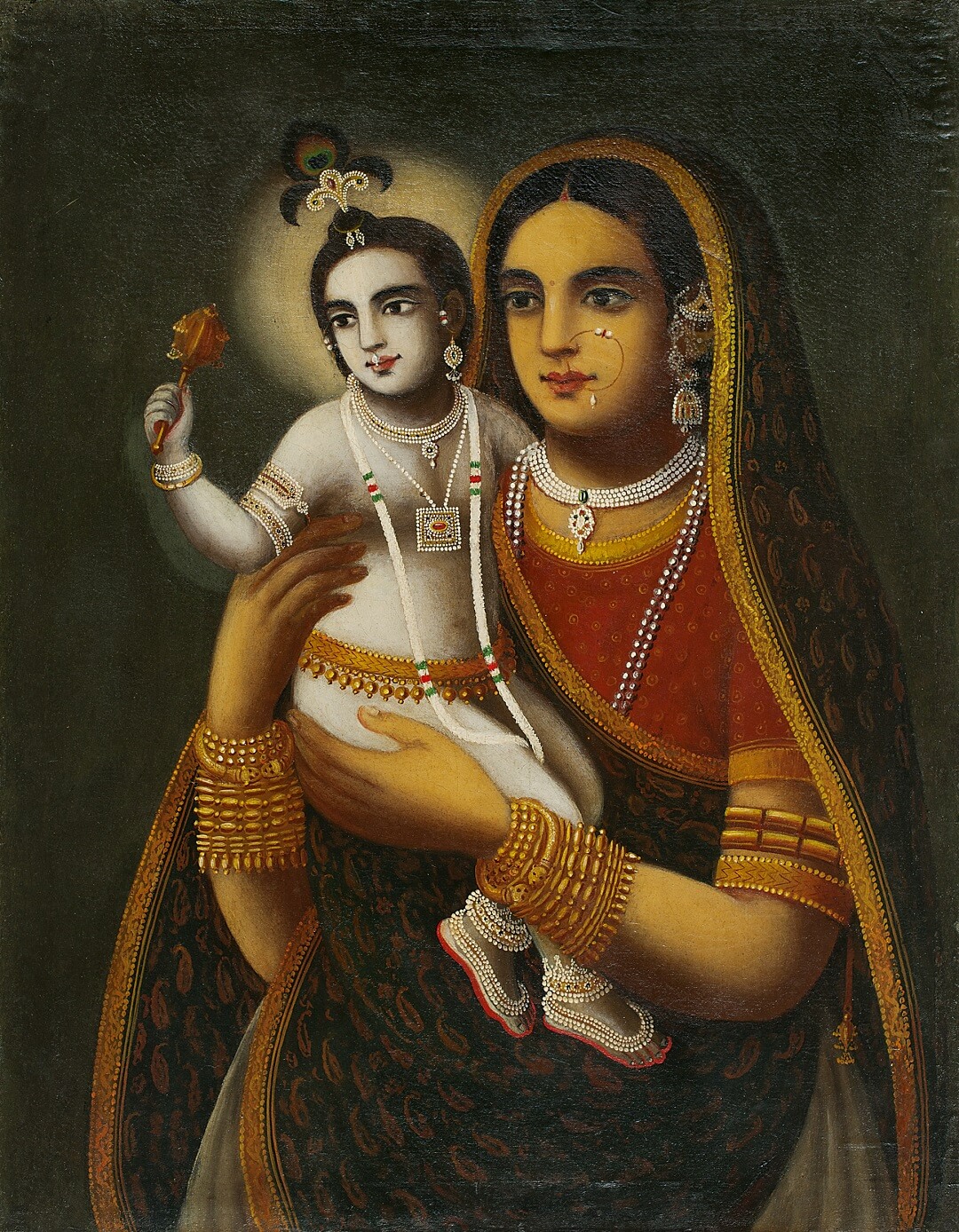
Early Bengal (Anonymous)
Untitled (Yashoda and Krishna)
Oil on canvas
EARLY BENGAL INDIGENOUS ART‘Among the many ‘modernisms’ encountered in eighteenth century Calcutta was one that had swept its streets and bazaars...This subaltern modernism has enjoyed considerably less academic attention than the art movements ascribed to more elite circles and representing the intellectual class.’ Aditi Nath Sarkar |
|
Kalighat pats dealt with the sacred |
|
|
|
TURN OF THE 20TH CENTURY A new emphasis on indigenous visual cultures emerged, partly as a counter to academic conventions, partly inspired by the Swadeshi movement. Spearheading this movement were orientalists like E. B. Havell, principal of the Government School of Art in Calcutta, artists like Abanindranath Tagore, and writers like Ananda Coomaraswamy. Abanindranath developed a syncretic visual language that was rooted in Vedic aesthetic principles, while also inspired by the art of Persia, Japan, the Ajanta caves and the Mughals. Now recognised as the Bengal School, his students disseminated his ideals across the subcontinent, gaining international acclaim. In parallel, both within the art colleges and in new spaces of learning like Santiniketan, art practice and pedagogy were reimagined: drawing on local, rural traditions new languages of regional modernism emerged. |
|
|
BENGAL ‘SCHOOL’— A NEW AESTHETIC
Asit Kumar Haldar
Queen Prabhavati
M. A. R. Chughtai
Laila
Prosanto Roy
Untitled (Arabian Nights Series)
'Abanindranath Tagore, who sought to create what he called "oriental art" by assimilating different Asian cultures, became the leader of the anti-Western art movement in Bengal. The battle for the establishment of the new school was fought not merely with the paintbrush but with the pen as well, on the pages of contemporary journals.'
Partha Mitter
|
Khagen Roy's Untitled painting, like many other works by |
|
|
SANTINIKETAN—CHARTING UNTRODDEN COURSES
Nandalal Bose
Standing Figure under a Kadam tree
Ramkinkar Baij
Untitled
Benode Behari Mukherjee
Nepal
‘Creating a community on the basis of a shared cultural sensitivity, and an education that was responsive to the environment is what Santiniketan came to represent. That is one reason why Santiniketan doesn’t have a set style; it grew out of different artists responding to the time and the place they were in.’
R. Siva Kumar
|
20TH CENTURY BENGAL MODERN In Santiniketan under Nandalal Bose’s mentorship and guided by Rabindranath’s vision, each artist negotiated their own relation with tradition, and forged a connection between their art and the vibrant rural environs of the art school. Similarly, artists across Bengal were creating their own unique path: be it Jamini Roy and his reinterpretation of folk idioms, or the artists of the Calcutta Group, who wanted to liberate form from the limitations of tradition. The social and political upheavals of the 1940s in Bengal brought art and activism together with a focus on stark realism. Post-independence, in the aftermath of the famine and partition, the challenges for a new nation and a new generation of artists were many. Artists in Bengal remained committed to translating the reality around them on canvas, while also seeking to express themselves on the world stage. Through these shared concerns emerged unique, individual experiments in form and visual language, as artists from Bengal created a place for themselves in the canons of Indian art. |
|
|
BENGAL’S SIX NATIONAL ART TREASURE ARTISTS
Jamini Roy
Mother and Child
Gaganendranath Tagore
Untitled
Rabindranath Tagore
Untitled
'Representing the spirit of India, their individual practices contributed some of the most significant markers to the history of Indian modernism. Together, they tell a compelling story of the country’s journey from colonial subversion to freedom through works of art that are etched into the national conscience.'
Kishore Singh

Paritosh Sen
Untitled
Oil and acrylic on oil paper

Gopal Ghose
Untitled
Gouache on paper

Ganesh Haloi
Figure Variation I
Acrylic on paper pasted on mount board
THE LIMINAL LANGUAGE OF BENGAL’S MODERNISTS‘History in the present context is a fusion of three forces: tradition, influence and experiment. The third force is experiment, that is, the instinctive urge of the artists to create new frontiers, without which history, with its load of the past and constraints of the present, will become either stagnant conservatism, or myopic obsession with the immediate past.’
|
|
A special exhibition of Nemai Ghosh’s photographs of Satyajit Ray commemorated Ray’s centenary. |
|
|
EVENTS AND OUTREACH
Over the two years of its duration, Ghare Baire became a cultural hub in the city, with weekly programmes online and on site that opened up new ways of engaging with the museum collection on view.
EVENTS AND OUTREACH
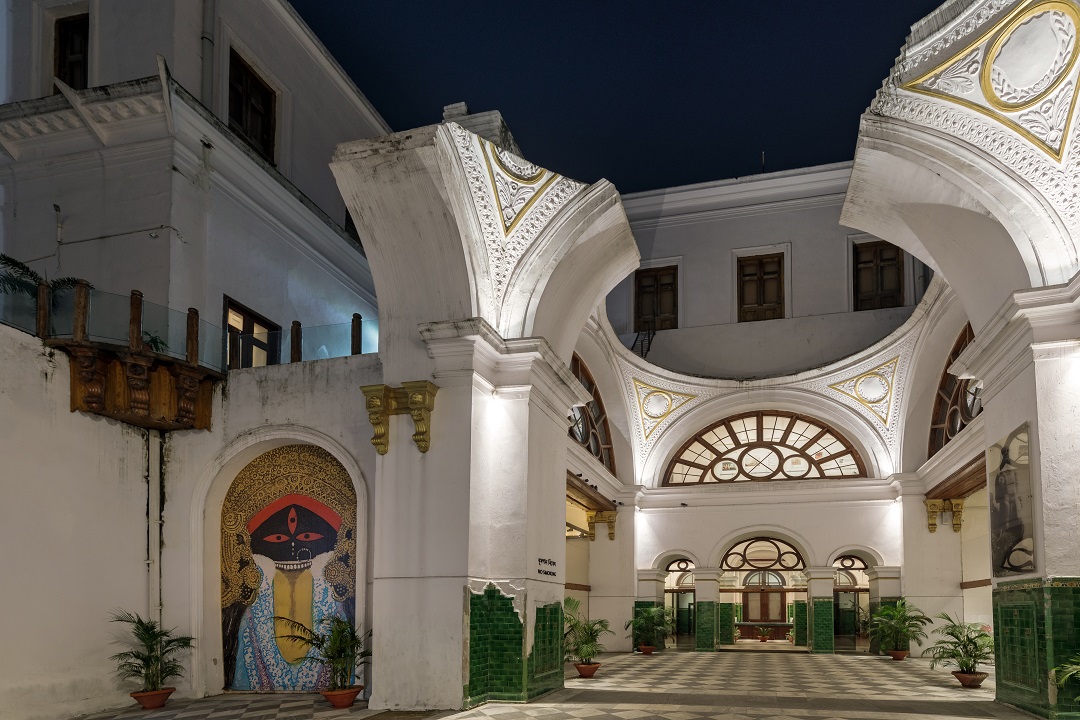

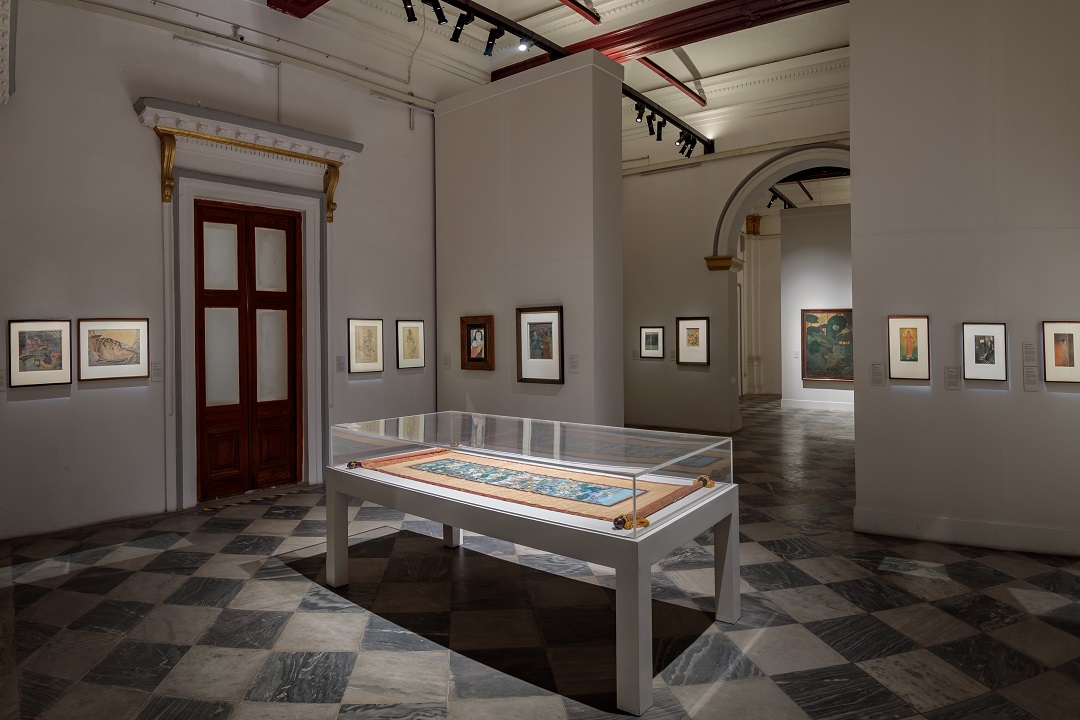
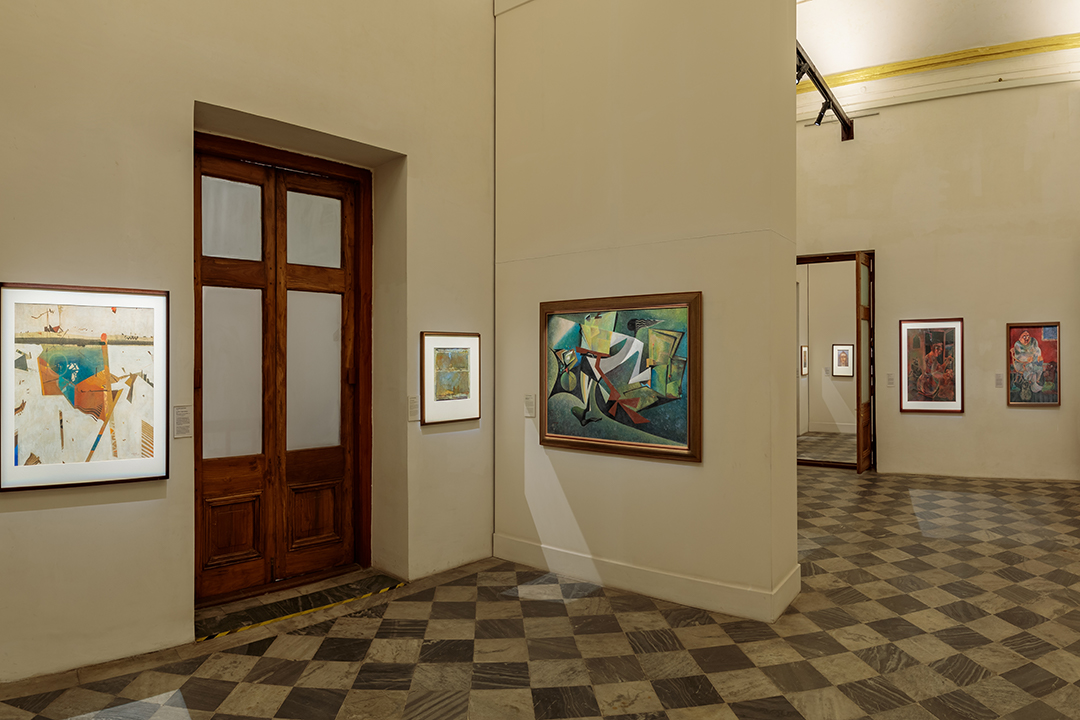
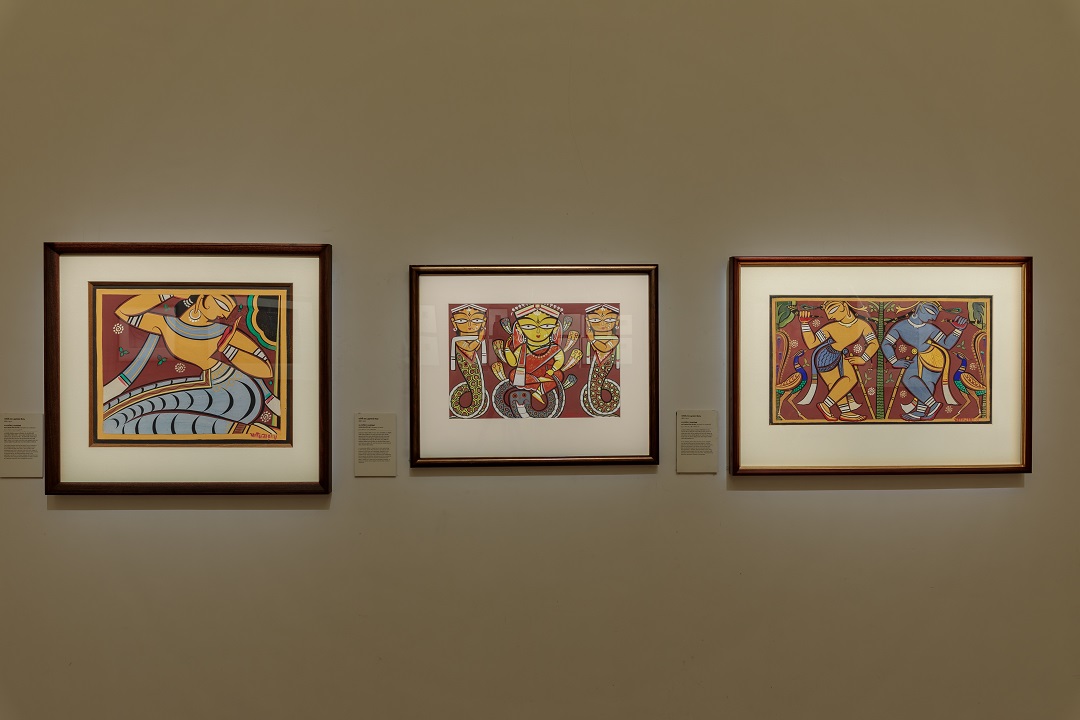
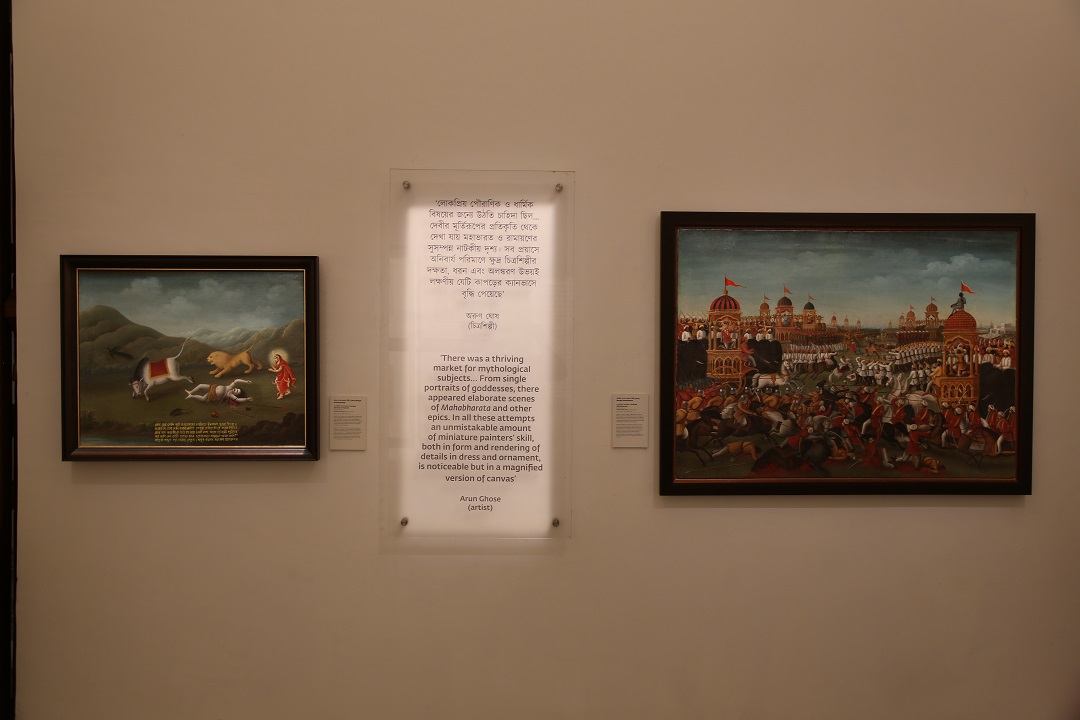
|
'Considering that it showcases more than 200 years of art, it can take as many hours for a serious connoisseur or student to study every single exhibit, but for the layperson, even for those with no interest in art, an entire morning or afternoon at the gallery should be edifying enough.’ ‘1833 building that escaped demolition is now a goldmine of art’, The Hindu, 14 December 2020 'The 19th-century colonial structure, standing at the very heart of Kolkata in Dalhousie Square, was given a new lease of life in early 2020 and now draws in eager history buffs and art enthusiasts; its grand interiors house an exhibition titled ‘Ghare Baire | The World, The Home and Beyond: 18th-20th Century Art in Bengal,’ a goldmine of unparalleled proportions.’ ‘Ghare Baire: A Goldmine of Bengal’s Art’, National Geographic Traveller India, 21 May 2021 |

Presented by







